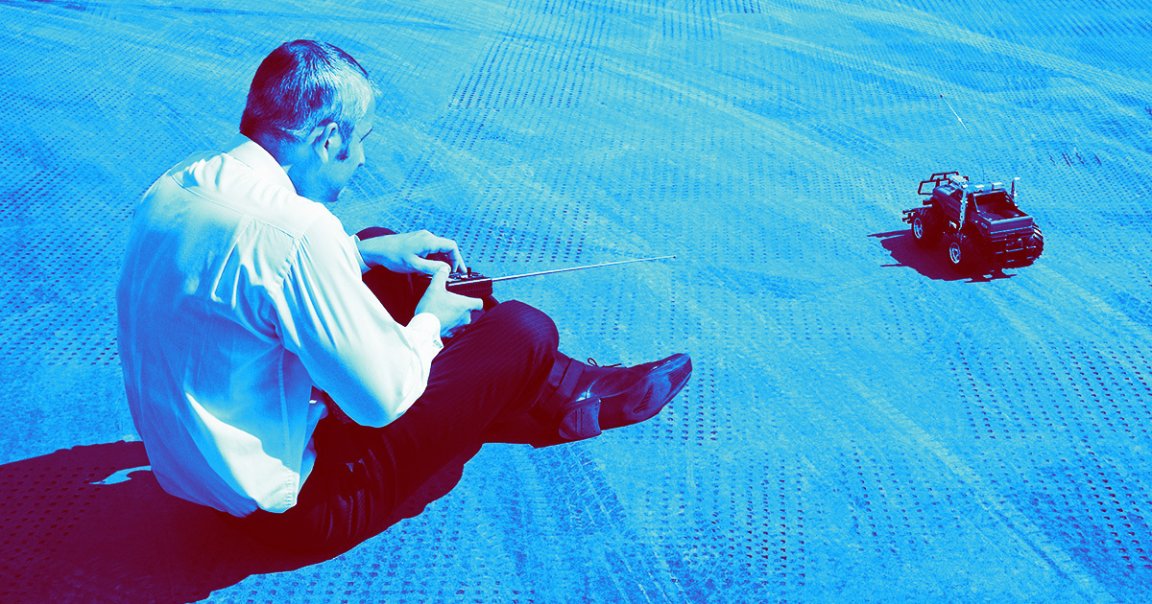
Hands-On Approach
For better or worse, Tesla — under the direction of Elon Musk — is serious about its robotaxi ambitions. And so it’s preparing to use the same sneaky trick that its competitors use to make their cars seem fully autonomous: hiring people to remotely pilot them.
As Electrek reports, the EV automaker has posted a new job listing anticipating a “teleoperation” team that will control its robotaxis whenever they get stuck.
Specifically, the role is for a C++ software engineer who can develop an application using the Unreal game engine that will allow “remote operators” to take over Tesla’s robotaxis from inside a virtual reality environment.
“As we iterate on the AI that powers them, we need the ability to access and control them remotely,” Tesla writes in the job listing.
Bull Self-Driving
You may be thinking, wait — aren’t these robotaxis supposed to drive themselves?
Yes, they are. But even the most capable autonomous vehicle software gets confused sometimes. When it does, a human in an office somewhere jacks in and takes over.
This’s the dirty secret of the self-driving industry, and with “driverless” vehicles in particular. Regular human intervention is what ensures that everything runs smoothly.
Even Waymo, the leading robotaxi company, relies on a rotation of remote technicians to bail out its driverless vehicles when they’re flummoxed by a situation on the road. So does the Amazon-backed startup Zoox and General Motors’ Cruise division.
But you won’t hear any of them bragging about it. Waymo didn’t acknowledge the role of its remote operators until this year, and it and others keep them a relatively opaque part of robotaxi operations. We don’t know how often humans are needed to take over or exactly how large these teams are. For a rough idea, however, Cruise reportedly staffed about 1.5 workers per vehicle.
Hidden Feature
In short, it’s not surprising that Tesla, which has a lot of catching up to do in the robotaxi space, is going down the same route.
However, Tesla has a lackluster and even dangerous track record with self-driving tech. We wouldn’t be surprised if it’s forced to depend on a teleoperation team even more than its competitors, because neither iteration of its current self-driving capabilities, Autopilot and Full Self-Driving, are currently considered safe enough to operate without constant human supervision.
As a result, Tesla’s driving modes are only considered to be at Level 2 autonomy, while Waymo’s robotaxis are considered Level 4, requiring no driver to be present.
As we’ve just explained, though, even that’s misleading, because the lack of a physical driver is compensated with a virtual one on standby. Misleading people, though, is kind of Musk’s forte. Remember when he showed off those robots at Tesla’s robotaxi event — before they turned out to be remotely controlled puppets?
More on Tesla: Trump Reportedly Planning to Let Self-Driving Cars Loose